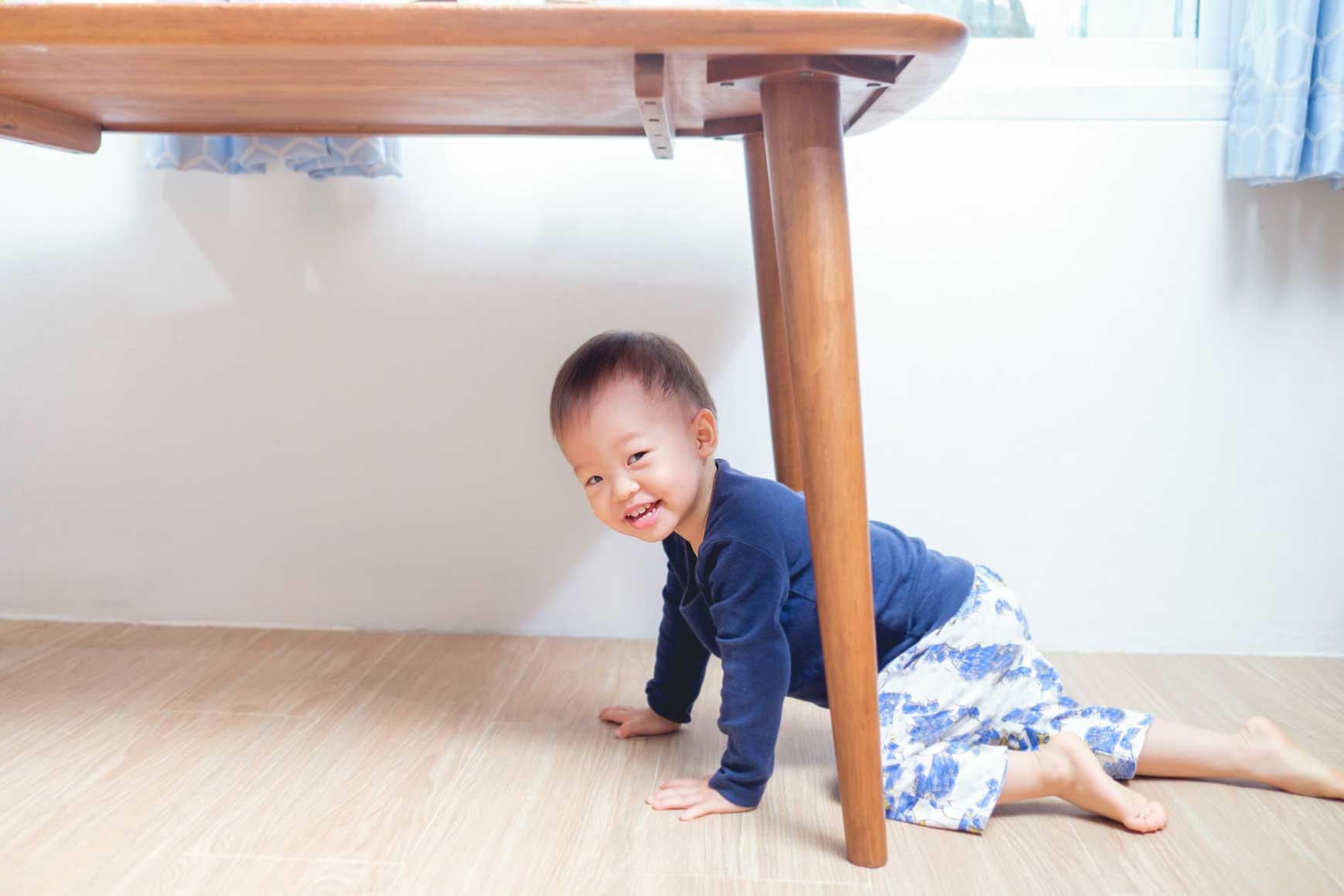So, your children are home from school and their distance-learning school day has come to an end. But as a parent, your day is hardly over as you continue to work, while tending to household tasks and your children’s needs. Some days you can’t get outside with them, or it’s raining, and you feel limited as to what they can do. Here are a few ways you can use 10 ordinary household objects to keep your children busy while also encouraging them to work on a variety of skills including but not limited to:
- Fine motor: writing, pinching
- Gross motor: strength, balance, coordination
- Visual motor: drawing, cutting, copying
- Ocular motor: tracking, scanning
- Oral motor: strength and range of motion of mouth
- Executive functioning: planning, organizing, time estimation, attention
1. Laundry basket
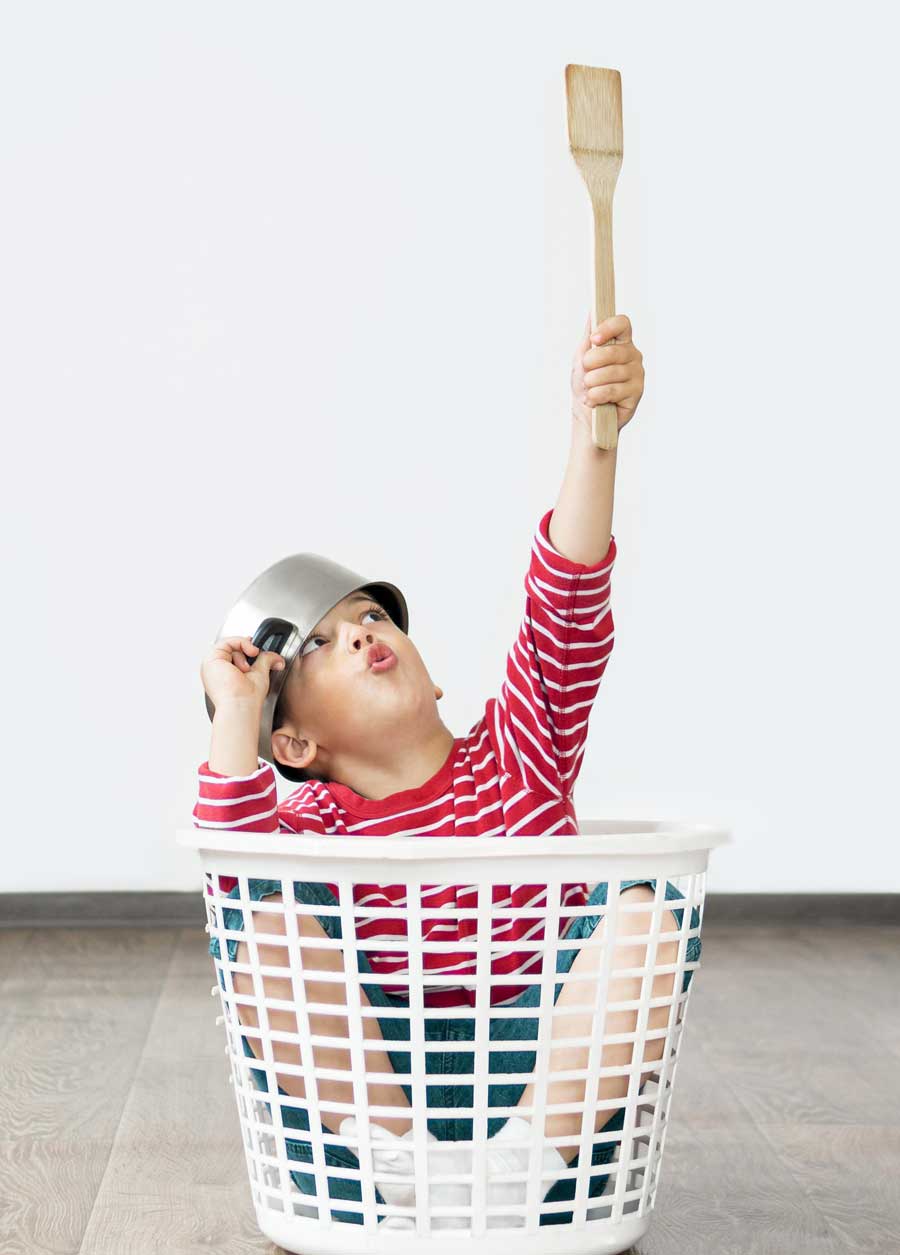
-
- Have one child on their back with a laundry basket open side up on top of them. They have to balance it on their hands/feet while the other child throws rolled up socks or stuffed animals into a basket. For more of a challenge, move the basket around to make it harder to get in!
- Core/upper extremity strength
- Hand-eye coordination
- Motor planning
- Create a spider web with string, weaving back and forth across the inside of the basket, then place small objects on the bottom – try to get toys without touching the string.
- Grading force
- Fine motor skills
- Bilateral coordination
- Pretend it’s a boat and sit inside, using paper towel rolls create oars for rowing back and forth
- Crossing midline
- Core strength
- Have one child on their back with a laundry basket open side up on top of them. They have to balance it on their hands/feet while the other child throws rolled up socks or stuffed animals into a basket. For more of a challenge, move the basket around to make it harder to get in!
2. Cardboard boxes
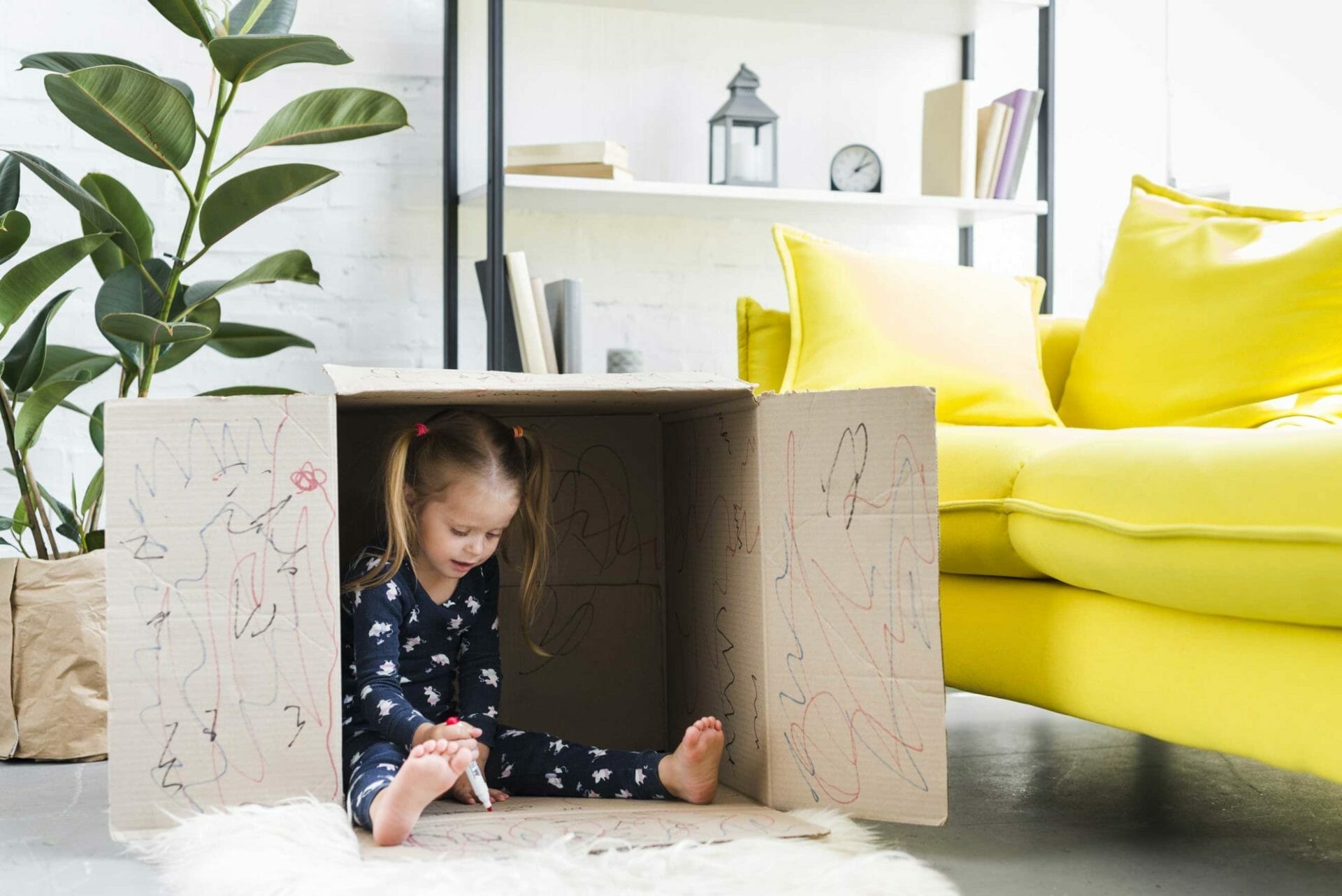
-
- Create something fun! Princess castle, house, etc. by cutting, painting, adding pictures to the walls or making other household items out of construction paper/cardboard.
- Fine motor/visual motor skills
- Social thinking
- Executive functioning
- Create something fun! Princess castle, house, etc. by cutting, painting, adding pictures to the walls or making other household items out of construction paper/cardboard.
3. Towels
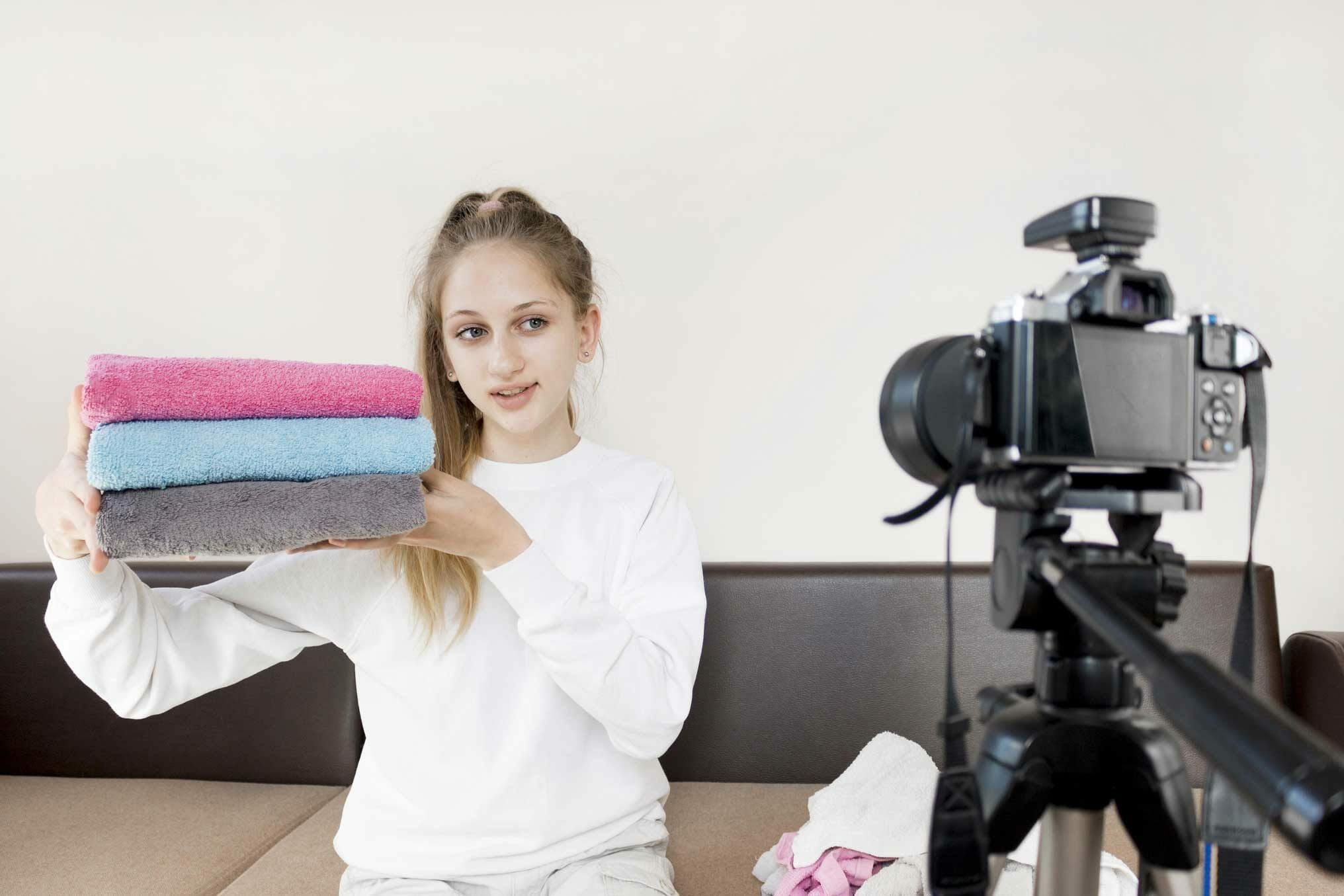
-
- Roll up towels to make balance beams. Connect them to make really long ones and see how long your child can walk across without touching the floor.
- Balance
- Postural control
- The towel flip challenge. While standing on a laid-out towel, try to flip it over without getting off the towel. The smaller the towel – the more challenging!
- Executive functioning
- Balance
- Motor planning
- Roll up towels to make balance beams. Connect them to make really long ones and see how long your child can walk across without touching the floor.
4. Obstacle courses
-
- Let your children plan out an obstacle course using various household items to jump over, walk across, crash onto or climb under. As they complete it, see if they can make it more challenging by adding or taking away features while getting from point A to point B.
5. Strainer
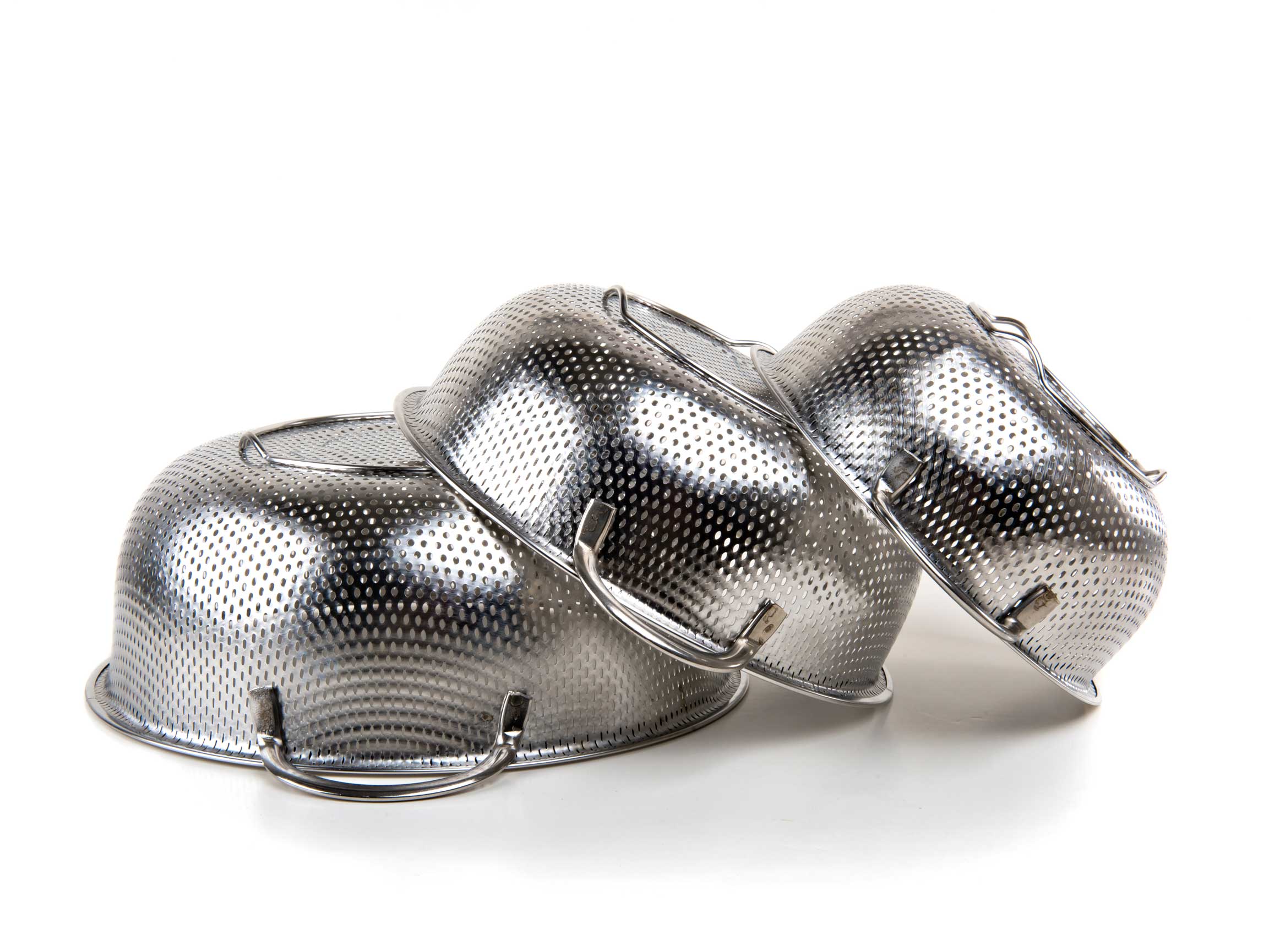
-
- If outside, one child holds the strainer in place on their head while the other child throws wet sponges into it. If inside, balled up socks or other soft, small objects can be used.
- Balance
- Coordination
- Hand-eye coordination
- Sensory processing
- Social thinking
- Weaving string or pipe cleaners through the holes of strainer
- Fine motor skills
- Bilateral coordination.
- If outside, one child holds the strainer in place on their head while the other child throws wet sponges into it. If inside, balled up socks or other soft, small objects can be used.
6. Tracing shadows
-
- Have your child find different objects and toys (i.e. animals, dinosaurs, etc) to stand in the sun and have them trace the shadows. This can be done with chalk on the driveway or with paper and pencil.
- Fine motor/visual motor skills
- Have your child find different objects and toys (i.e. animals, dinosaurs, etc) to stand in the sun and have them trace the shadows. This can be done with chalk on the driveway or with paper and pencil.
7. Bubbles
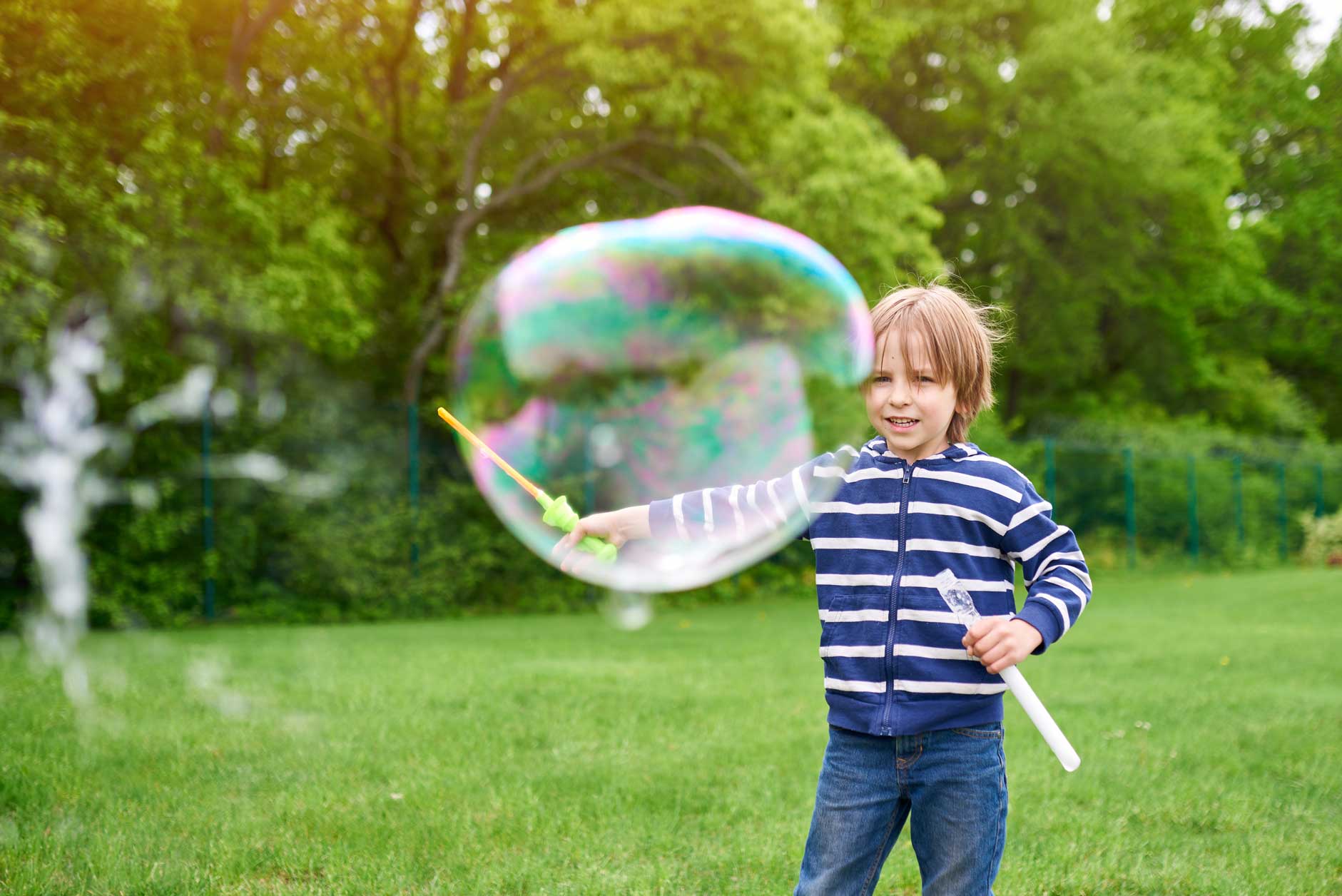
-
- Grab a hula hoop, stool, and kiddie pool! Fill the pool with water and add 1-2 cups of dish soap. Have one child stand on the stool that is placed in the middle of the pool while the other child puts the hula hoop in the pool around them. When they lift the hoop it should make a HUGE bubble around the child on the stool!
- Sensory processing
- Balance
- Grading force
- All you need is a cup or bucket, a straw, some soap and water! After putting in a few drops of dish soap into the cup of water, have your child use the straw to blow into the water and create a bubble mountain!
- Proprioceptive input
- Oral motor skills
- Sensory processing
- Grab a hula hoop, stool, and kiddie pool! Fill the pool with water and add 1-2 cups of dish soap. Have one child stand on the stool that is placed in the middle of the pool while the other child puts the hula hoop in the pool around them. When they lift the hoop it should make a HUGE bubble around the child on the stool!
8. Chalk
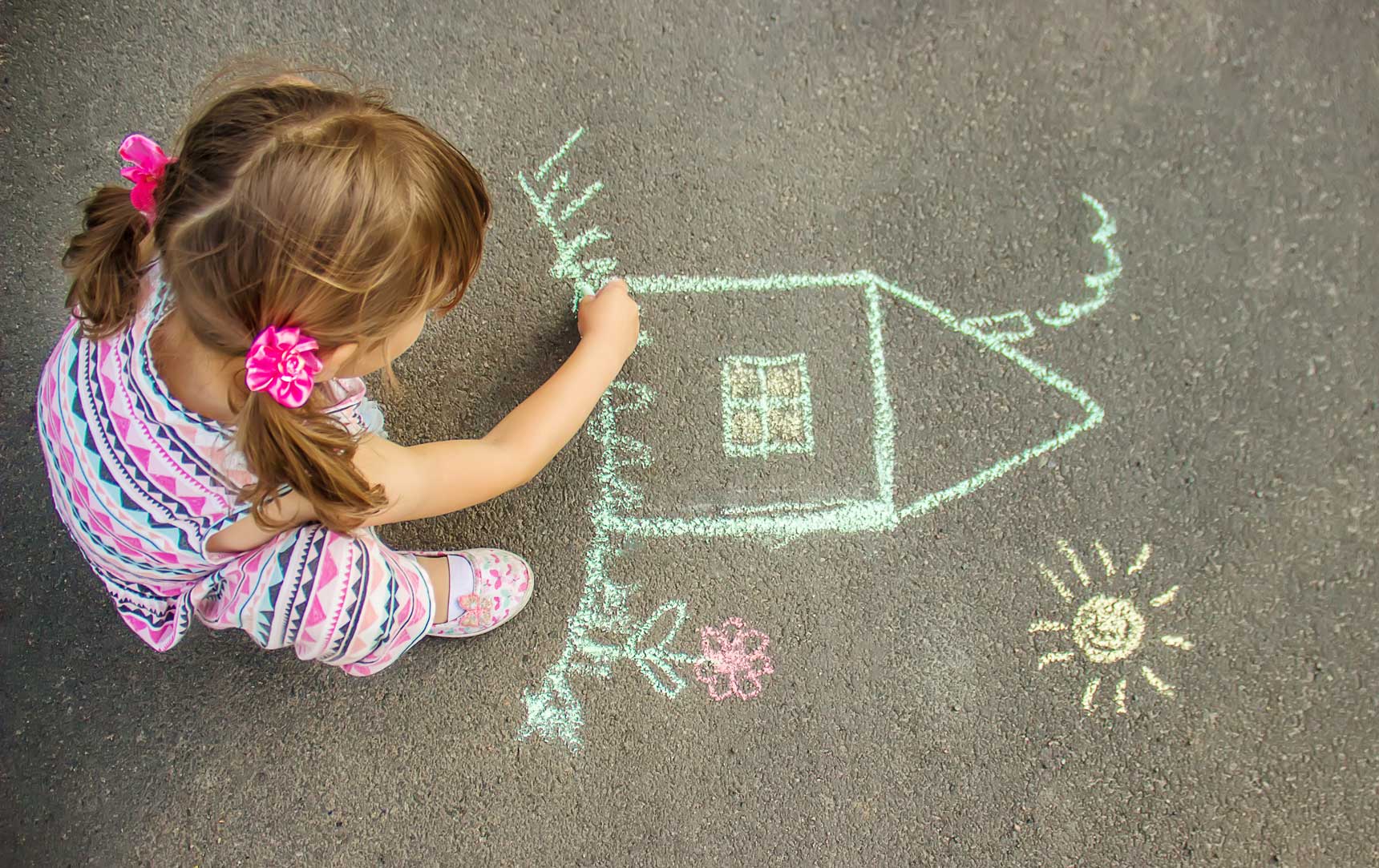
-
- Create a sensory chalk walk on your driveway. They can create circles to hop on, lines to balance on, and can use a variety of examples on pinterest to create different kinds of movement patterns.
- Proprioceptive input
- Balance
- Executive function
- Motor planning
- Sensory processing
- Create a sensory chalk walk on your driveway. They can create circles to hop on, lines to balance on, and can use a variety of examples on pinterest to create different kinds of movement patterns.
9. Paper plate
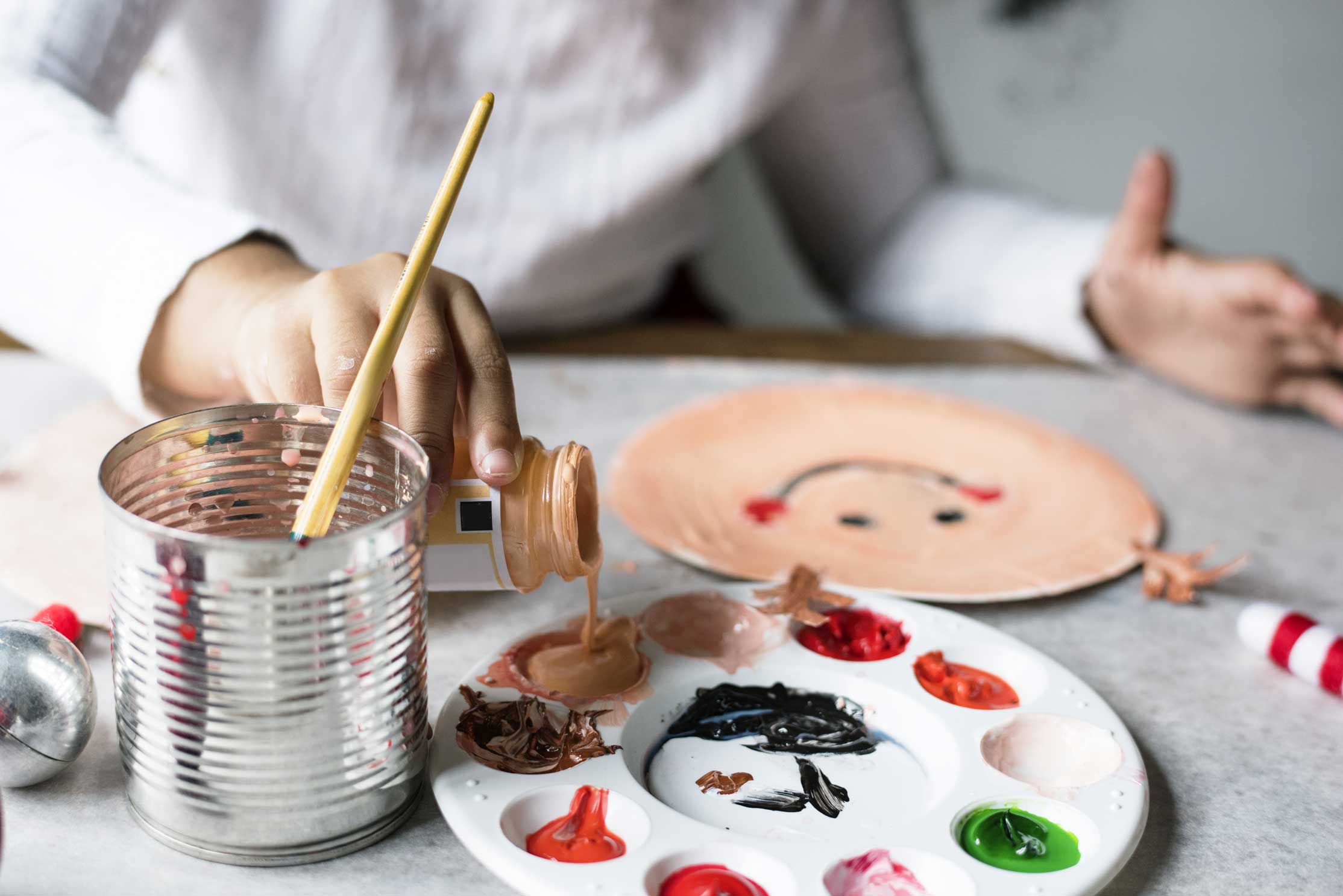
-
- There are a TON of paper plate crafts on Pinterest ranging from animals to foods, etc. Have your child look at a picture of a finished product and try to recreate the exact craft.
- Executive functioning skills
- Fine motor/visual motor skills
- Paper plate mazes are really fun – using various objects such as straws, paper towel rolls, popsicle sticks and more, your child can create a maze for a marble to roll through!
- Fine/visual motor skills
- Grading force for the marble
- Ocular motor skills
- There are a TON of paper plate crafts on Pinterest ranging from animals to foods, etc. Have your child look at a picture of a finished product and try to recreate the exact craft.
10. Toilet paper/Paper towel roll
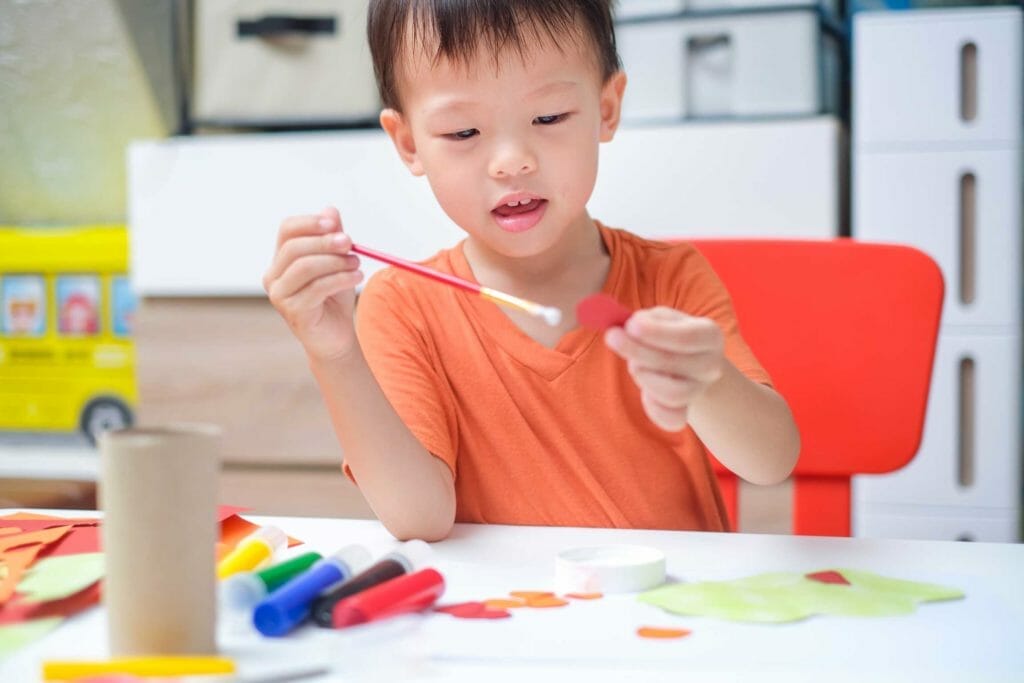
-
- Create a flashlight projector using a paper towel roll, plastic wrap, a rubber band and styrofoam stickers. Use a rubber band to secure the plastic wrap over one end of the roll, stick a Styrofoam sticker to the plastic wrap to block some of that side’s opening. Then, shut off the lights and put a flashlight in the roll. You can now project the shape of that sticker to the wall!
- Fine motor skills
- Executive functioning
- Create a flashlight projector using a paper towel roll, plastic wrap, a rubber band and styrofoam stickers. Use a rubber band to secure the plastic wrap over one end of the roll, stick a Styrofoam sticker to the plastic wrap to block some of that side’s opening. Then, shut off the lights and put a flashlight in the roll. You can now project the shape of that sticker to the wall!
You can add an executive functioning component to any of these activities by having your child come up with a plan consisting of materials they will need, steps to carry out the activity and a drawing of their finished product. Have them estimate how much time the task will take and use an analogue clock to measure the amount of time elapsed during the activity.
#occupationaltherapy #occupationaltherapist #ot #autism #therapy #rehabilitation #occupationaltherapyassistant #sensoryprocessing #kids #earlyintervention #sensoryprocessingdisorder #finemotorskills #teletherapy #telehealth #visualmotor #coordination #executivefunctioning #oralmotor #ocularmotor #vestibularprocessing #pediatric #pediatrictherapy


